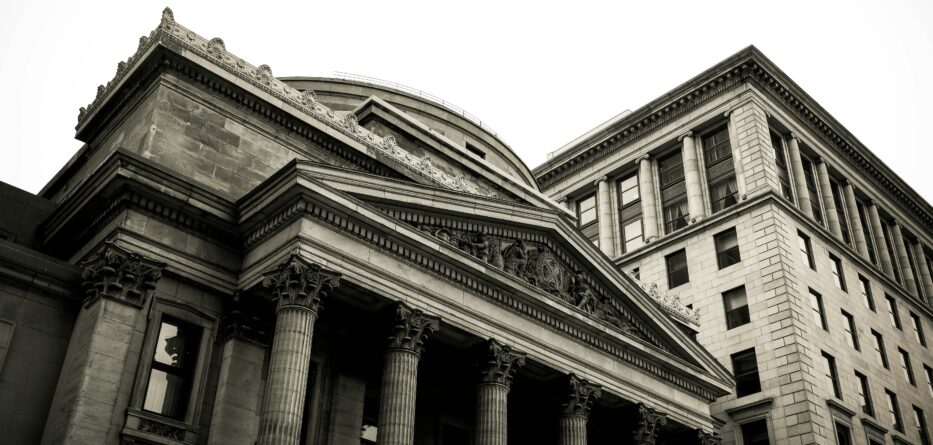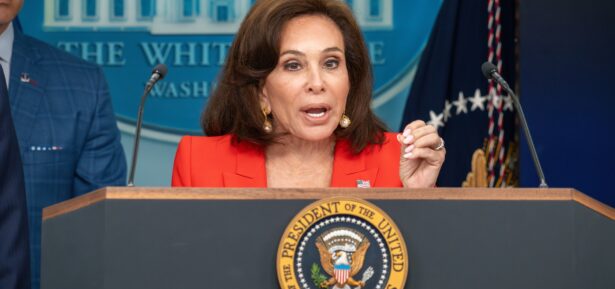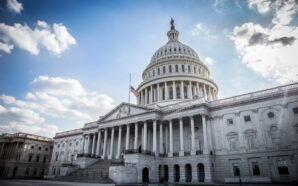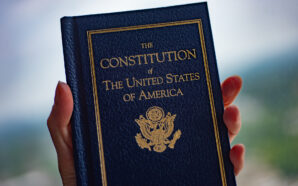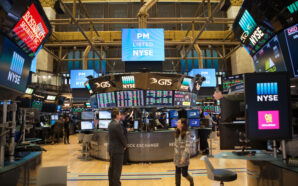
Credit: Unsplash
The Federal Reserve announced today that all 31 banks participating in its annual stress test have demonstrated their ability to withstand a severe hypothetical economic downturn while maintaining their capacity to lend to consumers and businesses.
In this year’s stress test, each bank met the requirement to absorb losses and retain capital above the minimum levels mandated by regulatory standards. The stress scenario included assumptions of a surge in unemployment to 10%, a 40% plunge in commercial real estate values, and a 36% drop in housing prices.
“This year’s results show that under our stress scenario, large banks would take nearly $685 billion in total hypothetical losses, yet still have considerably more capital than their minimum common equity requirements,” said Michael Barr, the Fed’s vice chair for supervision. “This is good news and underscores the usefulness of the extra capital that banks have built in recent years.”
The stress test, an annual regulatory exercise, ensures that banks maintain adequate reserves for potential bad loans and determines the limits on share repurchases and dividends. This year’s test included major institutions such as JPMorgan Chase, Goldman Sachs, American Express, and regional lenders like Truist.
Despite the aggregate capital levels falling by 2.8 percentage points—a steeper decline than last year’s—no bank faced significant challenges from the test’s assumptions, which were consistent with those used in the 2023 stress test. The decrease in capital levels is attributed to the banking industry’s increased holdings of consumer credit card loans and downgraded corporate bonds, coupled with squeezed lending margins compared to the previous year.
“While banks are well-positioned to withstand the specific hypothetical recession we tested them against, the stress test also confirmed that there are some areas to watch,” Barr added. “The financial system and its risks are always evolving, and we learned in the Great Recession the cost of failing to acknowledge shifting risks.”
Additionally, the Fed conducted an exploratory analysis on funding stresses and a potential trading meltdown, focusing on the eight largest banks. The results showed that these banks could withstand a sudden increase in deposit costs alongside a recession. In a scenario where five large hedge funds face collapse, the big banks would incur losses between $70 billion and $85 billion. The Fed noted that while the banks have significant exposure to hedge funds, they are resilient to various trading book shocks.
-
Credit: Shutterstock Massachusetts Mom Detained for 20-Year-Old Marijuana Conviction A Massachusetts mother who has lived legally in the U.S....
-
Credit: Envato Elements Over 6,000 Students Had Their Visas Revoked The Trump administration has revoked over 6,000 student visas,...
-
Credit: Shutterstock Detainees Facing a Health Crisis Florida’s remote detention site known as Alligator Alcatraz has become a lightning...
-
Credit: Shutterstock Mayor Muriel Bowser took a sharply different tone Tuesday night, urging residents to “protect our city” in...
-
Credit: Envato Elements The Birth Rate Dropping in the U.S. is Concerning People…Except Women The nation’s birth rate is...
-
Credit: Shutterstock Federal law enforcement officers were out in force late Sunday night as the nation’s capital prepared for...
-
Credit: Shutterstock Trump’s Third Term Talk: Bluff or Constitutional Crisis? Donald Trump says he’s “probably not” running for a...
-
Credit: Envato Elements Untouched Money in the Trillions? There’s a quiet giant sitting in the background of the economy...
-
Credit: Shutterstock President Donald Trump is raising the stakes in his ongoing effort to rein in violent crime in...
-
Credit: Shutterstock For years, the Epstein case has been treated like a wildfire that everyone keeps pretending is just...
-
Credit: Shutterstock They really expect us to believe there’s no list. After years of whispers, leaked flight logs, contact...
-
Credit: Shutterstock Trump and Wall Street’s Top Banker Bury the Hatchet—And Your Wallet Might Thank Them In an unexpected...

